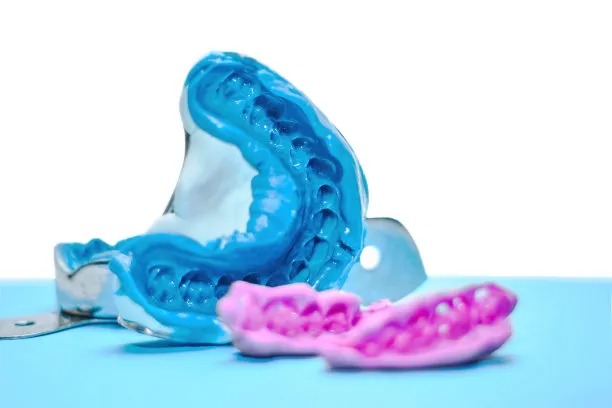The Essential Guide to Extracting a Tooth and What to Expect Before and After the Procedure
Summary: Extracting a tooth is a significant dental procedure that many people face, often due to decay, damage, or overcrowding. This comprehensive guide will cover what to expect before, during, and after a tooth extraction. We will explore the reasons for the extraction, the preparation process, the actual procedure and anesthesia options, as well as the aftercare necessary for a smooth recovery. Understanding these aspects will help alleviate anxiety and ensure that patients are well-informed for each step of the journey, leading to a more successful experience.
1. Reasons for Tooth Extraction

The decision to extract a tooth often arises from various dental issues. One of the most common reasons is dental decay. When cavities worsen and reach deep into the tooth structure, removing the tooth may be necessary to prevent infection from spreading to surrounding teeth or tissues.
Another common reason for extraction is gum disease. Advanced periodontal disease can lead to tooth loosening, making extractions vital to maintaining overall oral health. Furthermore, teeth that are impacted, particularly wisdom teeth, may need to be extracted when they do not have enough space to emerge properly.
Overcrowding is another factor leading to tooth extractions, particularly before orthodontic treatments. Dentists may recommend removing teeth to create optimal space for alignment and improve overall dental aesthetics.
2. Preparation for Tooth Extraction
Before undergoing a tooth extraction, patients should have a thorough consultation with their dentist. During this visit, dental professionals will evaluate the patients dental health, take X-rays, and discuss medical history to tailor the extraction plan appropriately.
Patients are advised to communicate any medications they are taking, including blood thinners, because these can affect the blood clotting process and overall extraction safety. This dialogue helps dentists prepare for possible complications during the procedure.
Stress and anxiety can often accompany dental procedures, and patients should consider discussing sedation options with their dentist to determine the best method to keep them comfortable. Preparation also involves arranging for post-extraction transportation, as patients may feel drowsy if sedation is used.
3. The Tooth Extraction Procedure
The tooth extraction itself typically begins with anesthesia to numb the area, ensuring the patient remains comfortable throughout the procedure. Depending on the tooths condition and location, dentists may use local anesthesia to numb the specific area or sedation to help patients relax.
Once numb, the dentist will carefully loosen the tooth using instruments and, in some cases, may need to make incisions in the gum tissue to extract the tooth completely. Patients may hear sounds or feel pressure, but it’s essential to remember that no pain should be felt during this time.
After the tooth is removed, the dentist will provide instructions on how to control bleeding and manage pain. In some cases, stitches may be necessary, depending on the complexity of the extraction. Following the procedure, the dentist usually schedules a follow-up appointment to monitor healing.
4. Aftercare for Tooth Extraction
Proper aftercare is crucial to ensure a smooth recovery following a tooth extraction. Patients should rest for 24 hours post-procedure and avoid strenuous activities to lower the risk of complications. Its recommended to keep the head elevated to minimize swelling.
Managing pain and swelling is an essential part of recovery. Dentists typically recommend over-the-counter pain relievers or prescribed medication and the application of ice packs to the cheeks to reduce swelling. Its essential for patients to follow dosage instructions closely.
Dietary modifications should also be made during recovery. Soft foods and liquids are recommended for the first few days, avoiding straws, hot beverages, and hard foods that could irritate the extraction site. Keeping the area clean is vital, so patients should follow their dentists instructions regarding oral hygiene during recovery.
Summary: Understanding the tooth extraction process helps minimize fears and prepares patients for what lies ahead. From recognizing the reasons for extraction to understanding essential aftercare, being informed empowers patients and encourages proactive health decisions. Ensuring a seamless experience is paramount, and following guidelines makes the recovery process easier and more manageable.
This article is compiled by Vickong Dental and the content is for reference only.



